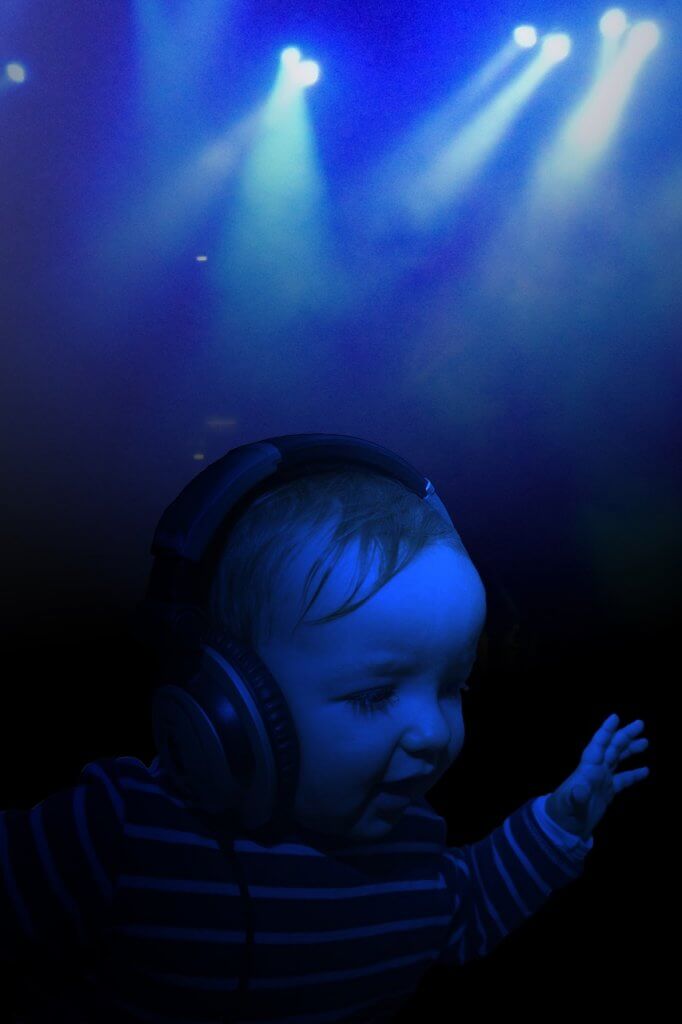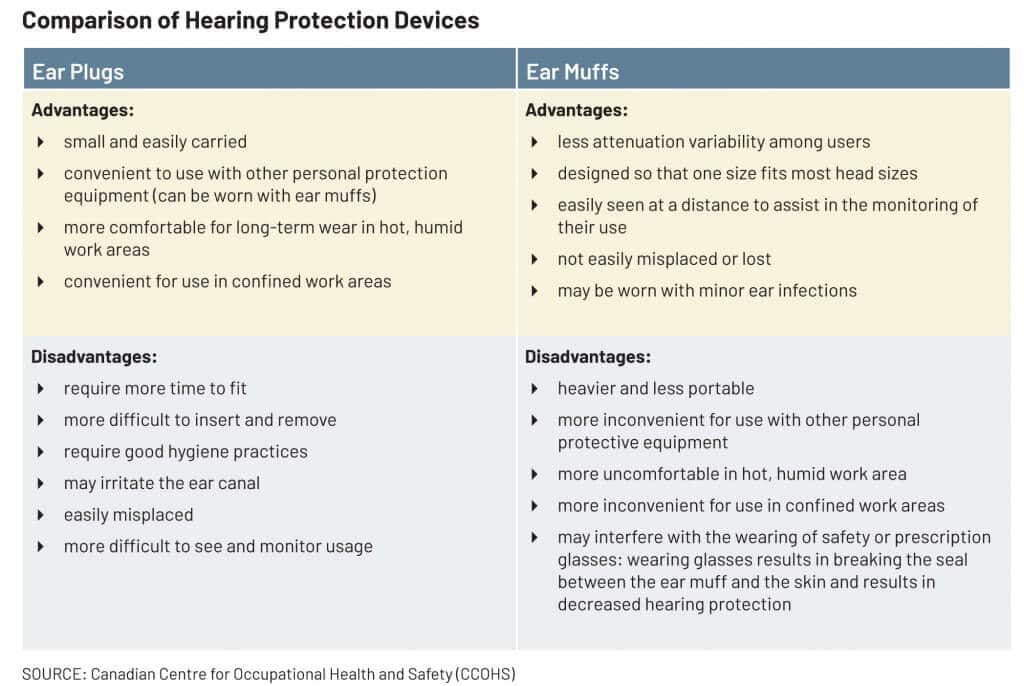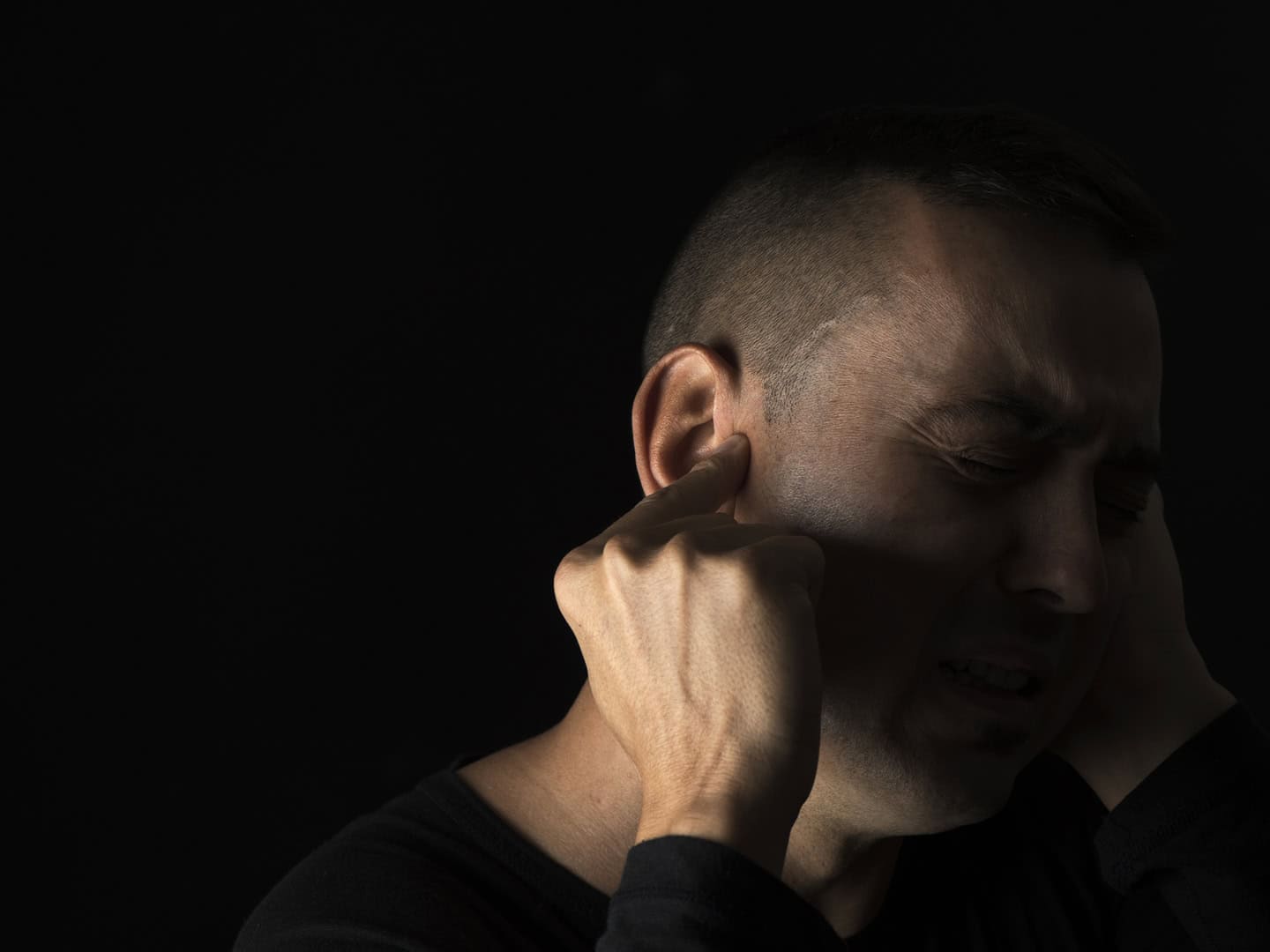As a parent, you can take straightforward and sensible precautions to protect your kids’ hearing: Keep music, television, and gaming volumes at safe levels. If your wee one loves music festivals, put some protective ear muffs on her; they work, and look just about too cute for words.

Feeling that sweet, sweet bass though!
As a resident affected by the sounds of traffic, construction, or noisy neighbours, you can close your windows, wear earplugs, and call your municipal government office to lodge complaints if you’re hearing power tools during legislated quiet hours.
As a driver, you can play music in your vehicle at a comfortable volume; loud enough to keep you alert and entertained, quiet enough to ensure you hear other drivers when they honk or curse.
As a pedestrian, you can cover your ears when sirens blare past. You can also glower at drivers who lean on their horns too long and/or for no good reason. Although this won’t do much to protect your hearing, anecdotal evidence suggests it’s oddly gratifying.
But nowhere is it more critical to protect your hearing than the environment you spend 40 (give or take) weekly hours. Unless you’re retired or a minor, that environment is likely to be the workplace.
Protecting your hearing on the job
If you’re lucky, the place you work will have been properly constructed to ensure safe and comfortable acoustics. If not, you can still take measures to protect your hearing. And if you’re an employer, especially one that oversees an unavoidably loud work environment, be aware that in all likelihood you’re legally required to provide effective hearing protection options for your team.
Unsurprisingly, the most effective approaches to preventing noise-induced hearing loss (NIHL) consist of removing the noise sources or engineering them to reduce their emissions. Where these measures aren’t possible, workers may need to wear hearing protection devices.
How do we determine if hearing protection is necessary? Well, not all noise is created equal; effects on hearing health depend on both intensity and duration of a given sound. It’s not a stretch to suggest that if you have to shout frequently, either your environment is too loud or you’re stressed and need to take a break from said environment. In its fact sheet on hearing protection at work, the Canadian Centre for Occupational Health & Safety (CCOHS) addresses this question and others.

People should wear a hearing protector if the noise or sound level at the workplace exceeds 85 decibels (A-weighted) or dBA. Hearing protectors reduce the noise exposure level and the risk of hearing loss. —CCOHS
“If hearing protection is required, then a complete hearing conservation program should be implemented,” according to CCOHS. “A hearing conservation program includes noise assessment, hearing protector selection, employee training and education, audiometric testing, maintenance, inspection, record keeping, and program evaluation.”
CCOHS advises choosing hearing protection devices that are:
- Correct for the job. Refer to the Canadian Standards Association (CSA) Standard Z94.2-14 “Hearing Protection Devices – Performance, Selection, Care and Use” or contact the agency responsible for occupational health and safety legislation in your jurisdiction for more information.
- Adequately protective. Check the manufacturer’s literature.
- Compatible with other required personal protective equipment, or communication devices.
- Comfortable enough to be accepted and worn.
- Appropriate for the temperature and humidity in the workplace.
- Designed to provide adequate communication and audibility needs (e.g., the ability to hear alarms or warning sounds).

Ultimately, whether at home, play, or work, the best hearing protection device is one that’s worn. If you’d like to know more about how to prevent unsafe noise emission or mitigate its sometimes unavoidable effects, please don’t hesitate to give us a shout (euphemistically speaking) anytime.




